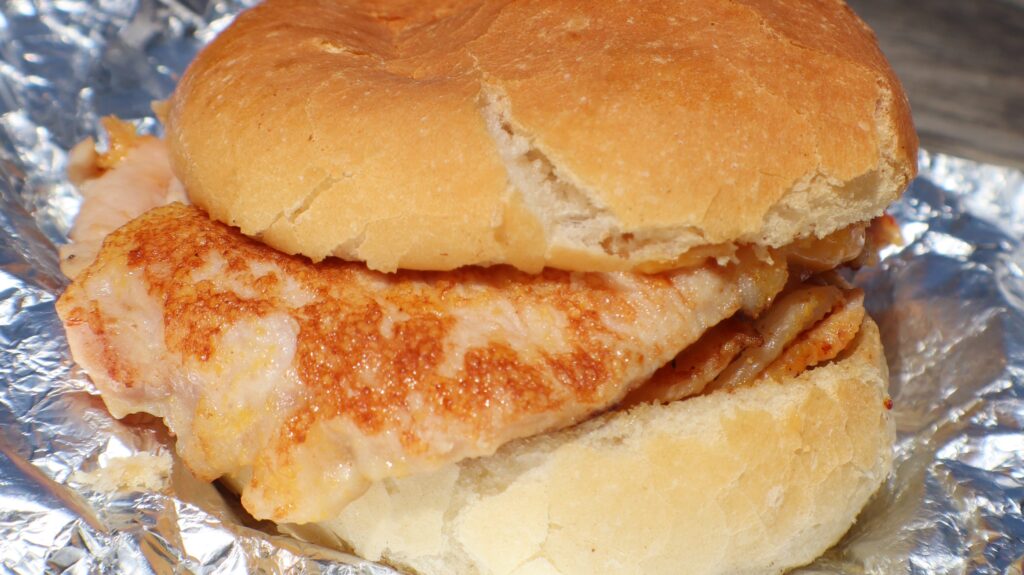History & Culture – Food from Canadians
1. Maple Syrup
Canada accounts for more than 75% of the world’s supply of Maple Syrup.
It takes 30-50 gallons of sap to make one gallon of maple syrup. Each tap yields an average of 10 gallons per season.
Usually a maple tree is at least 30 years old and 12 inches in diameter before it is tapped. As the tree matures, more taps can be added – up to four max. Tapping does no permanent damage. Only 10 percent of the tree’s sap is collected yearly. Many have been tapped for over 150 years.
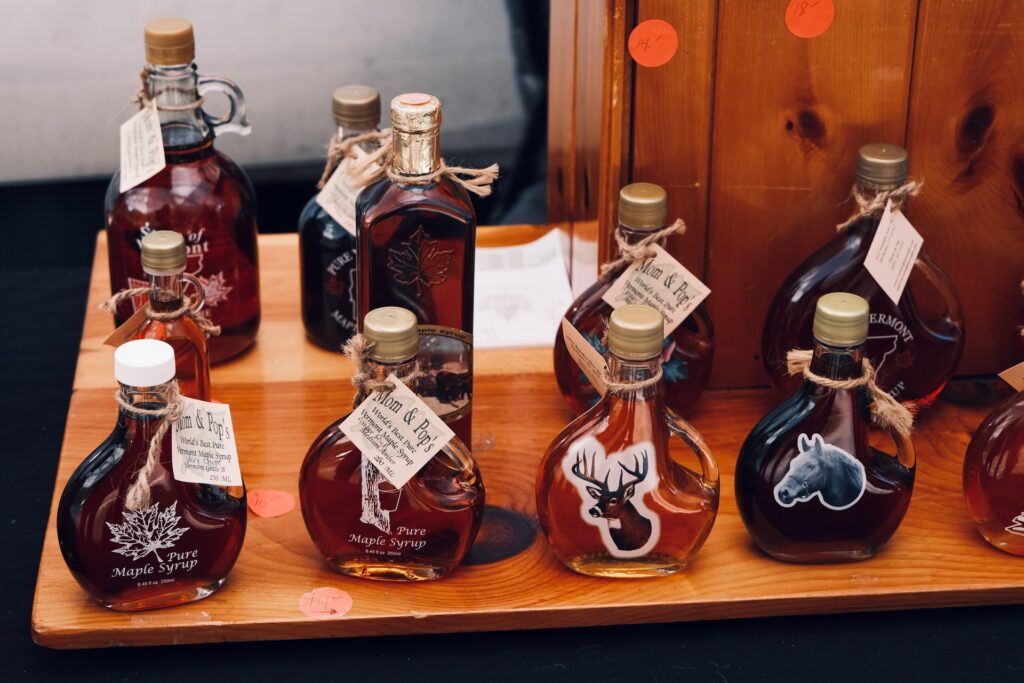
Unlike the name suggests, Hawaiian pizza was actually created in Ontario in the early 1960s by restaurant owner Sam Panopoulos.
Pizza was a novelty ethnic food and not widely available at the time.
Sam discovered pizza on a trip to Detroit and brought those recipes into his own restaurant. In 1962, Panopoulos offered pineapple as a topping and people liked it.
The name “Hawaiian” came from the brand of canned pineapple he used.
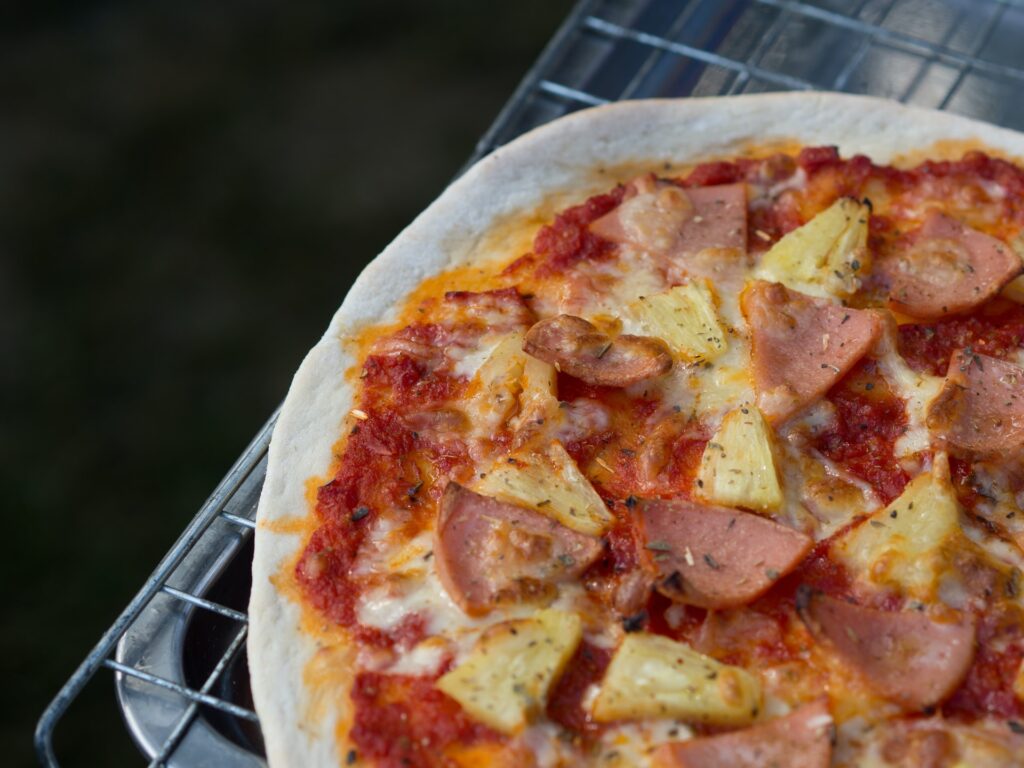
Invented in 1957 at a restaurant in Warwick, Quebec that sold cheese curds and fries separately. Legend has it, a hurried trucker asked to put both in to go one bag.
The owner remarked the meal was “a poutine” a Quebecois slang term meaning “a mess”.
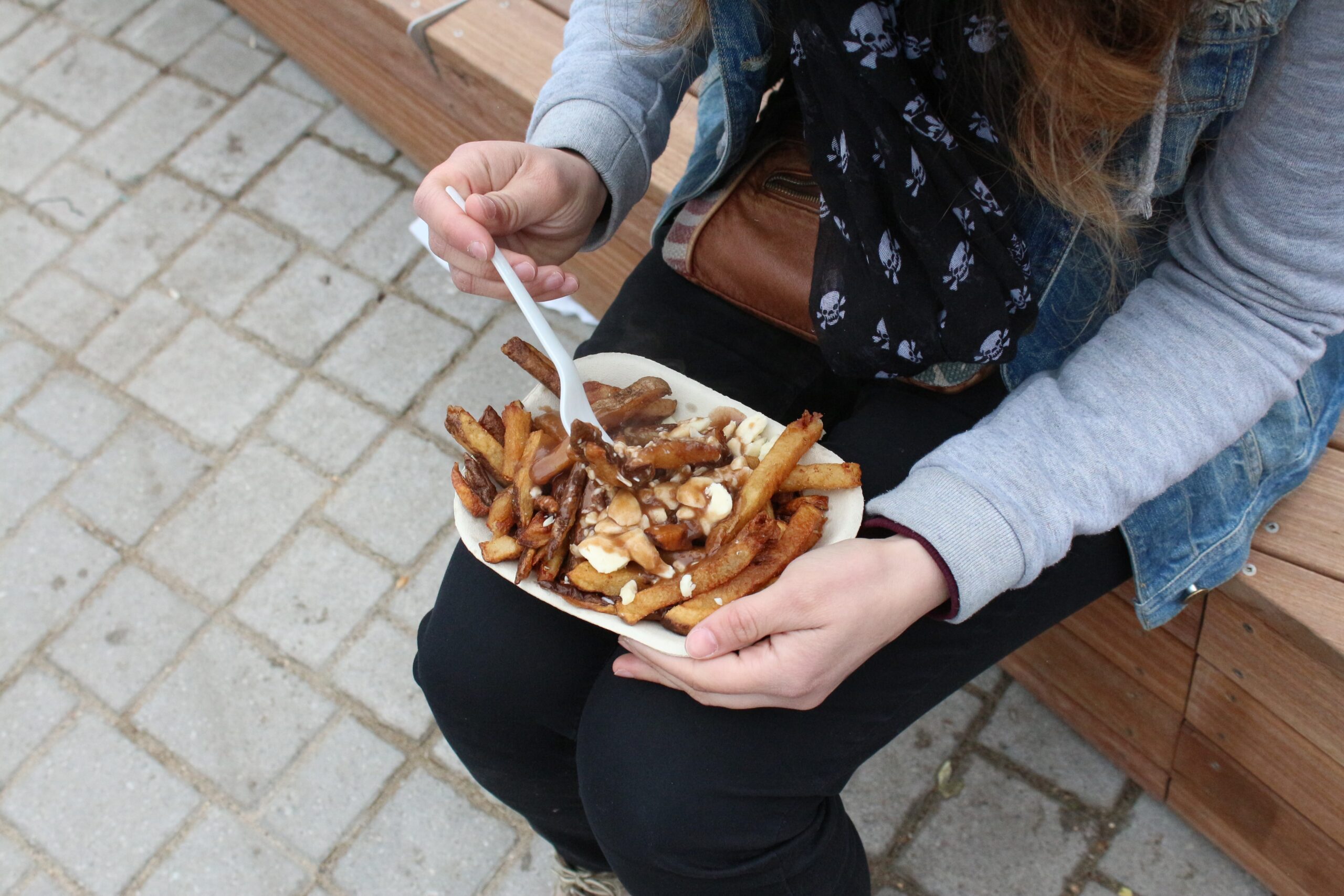
The earliest published recipe for a butter tart is from Barrie, Ontario dating back to 1900.
The origin of Butter tarts may be as early as 1663, when hundreds of French women were sent to Quebec to colonize Canada.
It’s believed they were forced to adapt the European recipe for a sugar pie using what was readily available.
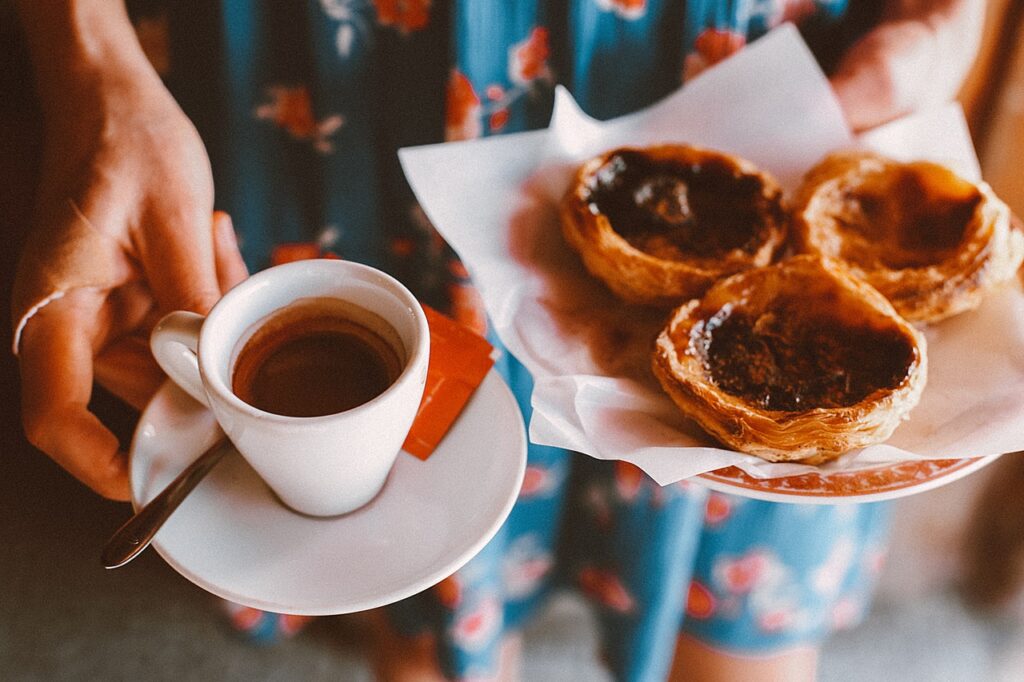
Chef Hidekazu Tojo, of the BC Restaurant Hall of Fame invented the California Roll in 1974. He found North Americans disliked eating raw fish or seaweed. Against Japanese tradition, Tojo made the roll inside out to hide the seaweed and fish. The name “California Roll” came from its popularity among patrons from Los Angeles.
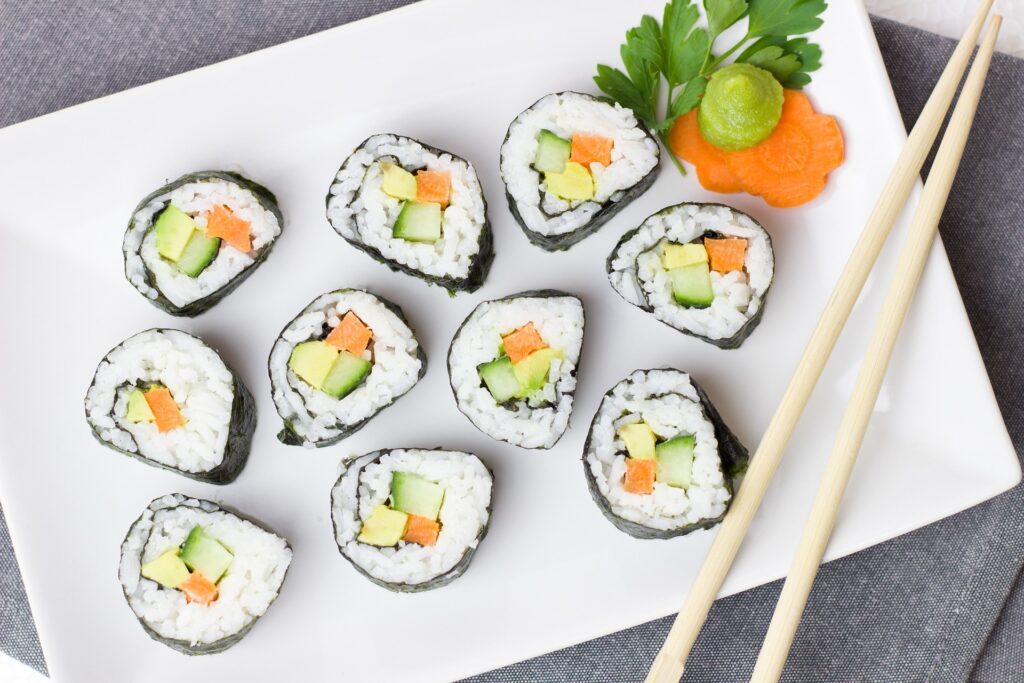
Invented in Nanaimo BC, the first recipe was first printed in a hospital cookbook in 1952.
Named Canada’s favourite confection by a National Post readers poll in 2006.
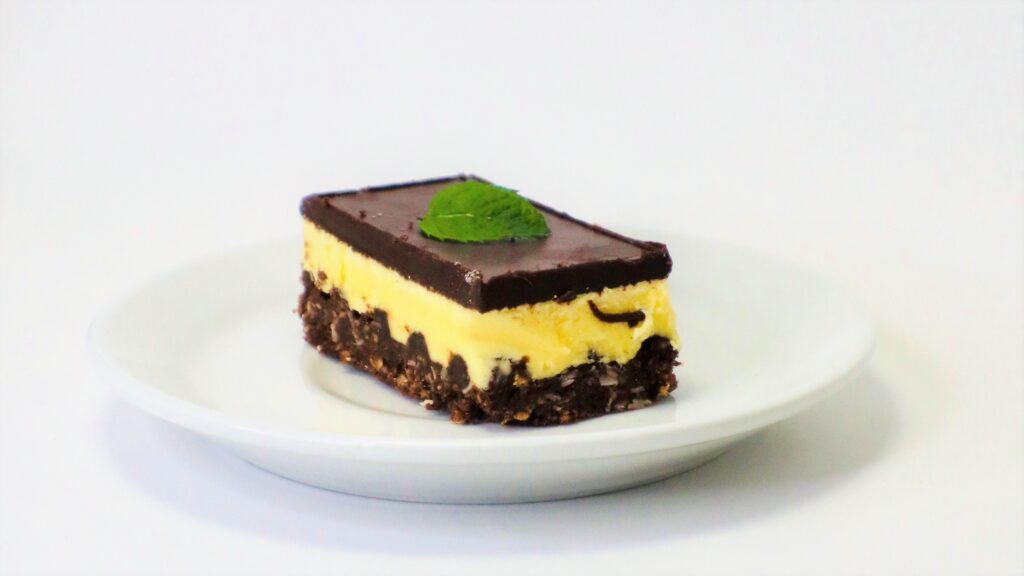
Origins are linked to Toronto pork-packer William Davies in the early 1900s. It’s named after the dried, ground peas the pork loin was covered with to preserve the meat for shipping overseas. The peameal turned the meat green after shipping. Since the end of WWI, it’s been rolled in cornmeal for a more appetizing colour.
